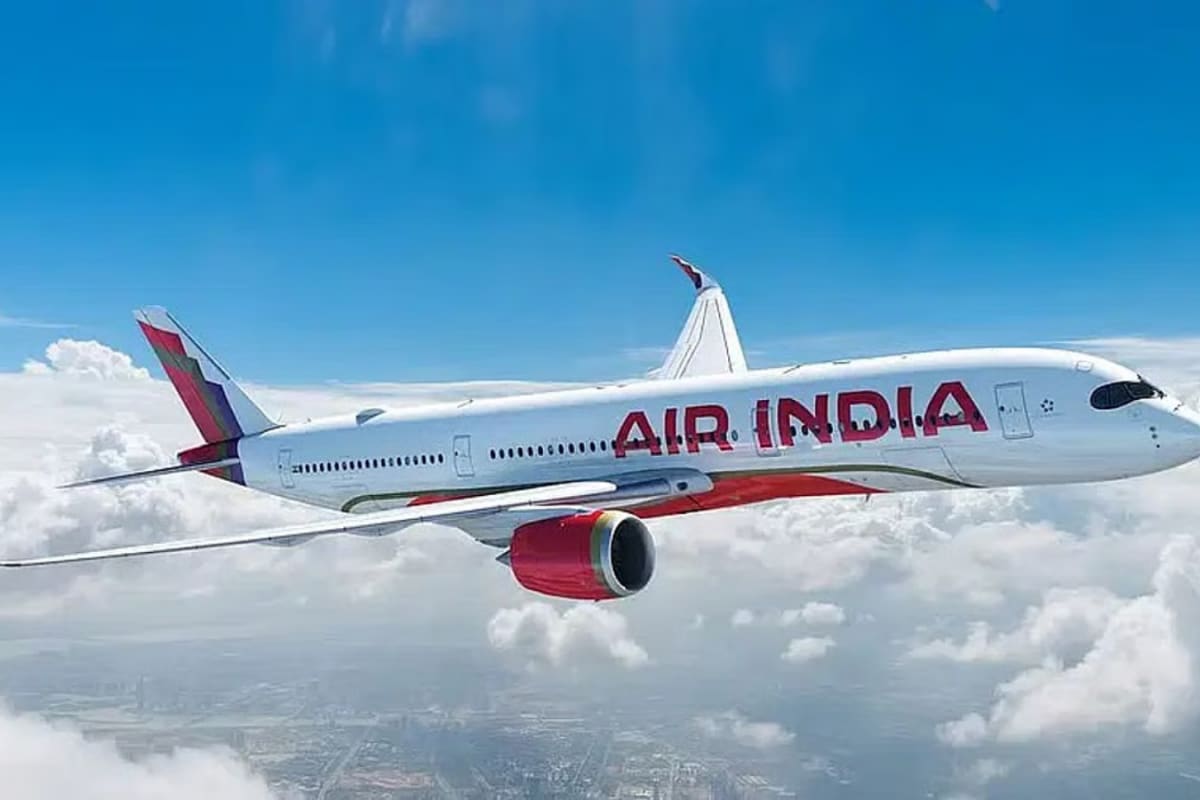

Following the tragic crash of Air India flight AI-171 in Ahmedabad, which claimed the lives of 241 passengers and crew, the Tata Group is reportedly in discussions with McKinsey & Company to spearhead a comprehensive restructuring of the airline. The accident, involving a Boeing 787 Dreamliner bound for London, has cast a shadow over the Tata Group's efforts to revive the airline, which it reacquired from the Indian government in 2022.
Tata Sons Chairman N Chandrasekaran met with Vivek Pandit, a senior partner at McKinsey, in Mumbai to discuss a revival strategy for the carrier. The meeting occurred shortly after the crash, highlighting the urgency and gravity of the situation. The discussions aim to address the immediate aftermath of the tragedy and formulate a long-term plan to restore confidence in the airline and ensure its future viability.
The Ahmedabad crash represents a significant setback for Air India, which has been undergoing a transformation since its acquisition by the Tata Group. CEO Campbell Wilson had previously outlined a five-year strategy to reposition Air India as a world-class global carrier with a distinct Indian identity. This strategy involved growing the fleet, modernizing infrastructure and IT systems, and enhancing product quality and staffing. However, the crash has underscored the slow pace of perceptible change and the challenges of overcoming the airline's legacy issues.
In the wake of the tragedy, the Tata Group has taken steps to support the victims' families and cooperate with investigators. Air India has announced compensation for the families of the deceased, including interim relief from the airline and additional compensation from the Tata Group. Assistance centers have been set up in Ahmedabad, Mumbai, Delhi, and London to provide support to the families of passengers and crew.
Chandrasekaran has urged Air India employees to "stay strong" and use the incident "as an act of force to build a safer airline." He acknowledged the emotional toll on employees and emphasized the importance of determination in the face of criticism. He stated that safety was the airline's foremost priority.
A high-level committee has been formed to investigate the causes of the crash and recommend new safety guidelines. The committee will analyze flight data, cockpit voice recordings, aircraft maintenance records, and witness testimonies to determine the factors that contributed to the accident. The Aircraft Accident Investigation Bureau (AAIB) is also conducting a technical investigation into the crash.
The involvement of McKinsey & Company signals the Tata Group's commitment to a thorough and comprehensive restructuring of Air India. McKinsey's expertise in organizational transformation and operational efficiency is expected to be invaluable in addressing the challenges facing the airline. The restructuring plan may involve a review of safety protocols, maintenance procedures, and operational practices to ensure the highest standards of safety and reliability.
The Air India crash is the first-ever crash involving the Boeing 787 Dreamliner, raising concerns about the safety of this aircraft model. The Directorate General of Civil Aviation (DGCA) has ordered enhanced safety inspections of Air India's Boeing 787 Dreamliner fleet. The world has its eyes set on the probe as scores of Boeing 787 aircraft are operating all over the globe.
The incident serves as a reminder of the importance of safety in the airline industry and the need for continuous improvement in safety practices. The Tata Group faces the challenge of rebuilding trust in the Air India brand and ensuring that the airline is not only safe but also efficient and customer-focused.